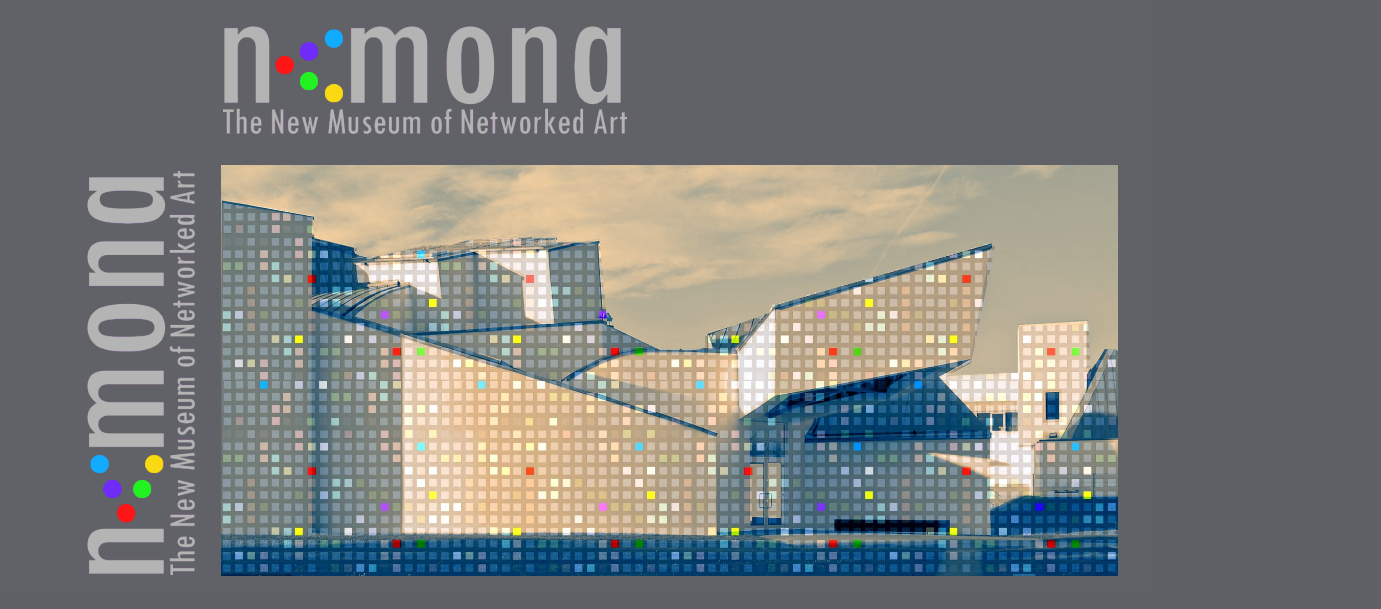June-July 2011
Focus: UK & Ireland
1. Solo feature: Marianna & Daniel O’Reilly (UK)
2. Selection : Videoart from UK & Ireland
———————————————-
1
During June & July 2011,
CologneOFF 2011 – videoart in a global context
is featuring
Marianna & Daniel O’Reilly,
videoartist of June/July 2011
in a solo show online and later offline
including following 6 videos
Delivery, 8:00, 2008
Capital, 8:00, 2008
Blackmail, 15:00, 2009
Blue is the Band, 7:00, 2008
Royal Male or Coppola’s Spyglass, 11:00, 2009
Longbridge, 15:00, 2009
1.
[flvgallery video=”http://video.newmediaserver.org/coff/5/oreilly.flv” title=”view video” thumbnail=”http://video.newmediaserver.org/2011/img/oreilly1.jpg” width=”640″ height=”480″]
Video title:
Delivery, 8:00, 2008
Marianna & Daniel O’Reilly
Delivery, 8:00, 2008
J-P Sartre once stated that the only free man is the man in chains.
Stemming from an attempt to develop this idea, the film ‘Delivery’ wrests
its suspense structure from two cases of men seeking meaningful performances within confined parameters; the now infamous chess
game between Garry Kasparov and IBM computer ‘Deep Blue’, and the case of Anthony Blunt; art historian and KGB double-agent.
Central to this attempt is the production of a synthetic universe in which contrived scenarios, filmic devices, edits and sound loops constantly refer back to the process of ‘reality production’.
.
.
2.
[flvgallery video=”http://video.newmediaserver.org/self/2/oreilly.flv” title=”view video” thumbnail=”http://video.newmediaserver.org/2011/img/oreilly2.jpg” width=”640″ height=”480″]
Video title:
Capital, 8:00, 2008
This film presents a conjunction between two different records inspired by the prospect of a short stay in Rome. The first record was borne out of the question ‘How does one take an original photograph in this most photographed of cities?’ and the second comes from a letter written by a philosopher to his own future self which is to be read in ‘The Eternal City’. By combining these two separate enquiries we see a parallel emerge between the concepts of historical time and psychological time; an individual man’s future is defined amidst the ruins of Man’s past whilst, simultaneously, an individual man’s past leaps forward to seize upon and ruin the prospects of Man’s future. Therein we see footage of tourists taking their customary ‘I was there!’ photographs, unaware that the record of their ‘being-there’ has become ensnared in this complex ontological dispute concerning whether a man can ‘be-there’ in his own present, or whether he is forever pulled toward the ruins of regret or the ideals of anticipation. And due to this complication, we must also identify the ‘unheimlich’ within these images of Rome; for not only do they portray the ruins of past civilisation, but the future ruination of all civilisations. .
.
3.
[flvgallery video=”http://video.newmediaserver.org/2011/oreilly3.flv” title=”view video” thumbnail=”http://video.newmediaserver.org/2011/img/oreilly3.jpg” width=”640″ height=”480″]
Video title:
Blackmail, 15:00, 2009
.
.
.
.
4.
[flvgallery video=”http://video.newmediaserver.org/2011/oreilly4.flv” title=”view video” thumbnail=”http://video.newmediaserver.org/2011/img/oreilly4.jpg” width=”640″ height=”480″]
.
Title: Blue is the Band, 7:00, 2008
‘Blue is the Band’ is a short film that depends upon the chance encounter for its flavour, each scene documenting a single journey around the capital which captures a sort of ‘expected unexpectedness’ about human experience, hinting at the disingenuousness at the core of being. The film initially sets out to purposefully record what can neither be planned nor expected, but it is from the complications and contradictions inherent in this ‘expected unexpectedness’ that the film derives its dialogue, (which tips its hat ironically to Sartre’s ‘La Nausee’;) the protagonist describes how this malaise has begun, the way in which it has ‘come to be’, and also where he and ‘it’ are going. The destination proves ultimately beyond individuality, a place that cannot be ‘chanced upon’ and which cannot be envisioned itself until individuality has been achieved and overstepped. The Nausea of existence is heightened by the snare of his ‘expected unexpectedness’, about the impossibility of an authentic life for himself, and he seeks an exit through the Nausea.
.
.
5.
[flvgallery video=”http://video.newmediaserver.org/2011/oreilly6.flv” title=”view video” thumbnail=”http://video.newmediaserver.org/2011/img/oreilly6.jpg” width=”640″ height=”480″]
Video title:
Royal Male or Coppola’s Spyglass, 11:00, 2009
“Poor Marianne!” said her brother to Colonel Brandon, in a low voice, as soon as he could secure his attention: “she has not such good health as her sister, – she is very nervous, – she has not Elinor’s constitution: – and one must allow that there is something very trying to a young woman who has been a beauty in the loss of her personal attractions. You would not think it, perhaps, but Marianne was very handsome a few months ago; quite as handsome as Elinor. Now you see it is all gone.”.
.
6.
[flvgallery video=”http://video.newmediaserver.org/2011/oreilly5.flv” title=”view video” thumbnail=”http://video.newmediaserver.org/2011/img/oreilly5.jpg” width=”640″ height=”480″]
Video title:
Longbridge, 15:00, 2009
“Whatever is perfect suffers no witnesses…”
Copenhagen, St George’s Day 2008. The Institute of Film and Video Studies produced a documentary about a mysterious case of arson somehow connected to the coincidental encounter of three individuals at the famous landmark of Longbridge. The documentary presents original footage from the only surviving piece of evidence-a video tape recorded by the arsonist who was compiling a video archive spanning years of private surveillance of the citizens of Copenhagen.
“We were brought in to interpret the video created by Madam Sørensen because she was apparently resisting efforts by the police to extract a motive for her crime. Having studied the tapes of her deposition she explained at length how she started the fire, but at no point did she say why she did it. She was also very frank in explaining her activities with the video camera; how she forged identity papers, signatures, and letters; how she used disguises to follow people about – even seducing a number of people to secure footage, but when asked ‘why’ she did it, again there was no answer. I can’t help thinking that this absence of motive was in some way of greater significance to her than it was to the police.”*
*Fragment of an interview with Inger Lund, Senior Lecturer in Post-Feminine Studies, Institute of Film and Video Studies, Copenhagen
.
———————————————–
June-July 2011
Focus: UK & Ireland
1. Solo feature: Marianna & Daniel O’Reilly (UK)
2. Selection : Videoart from UK & Ireland
————————————————-
